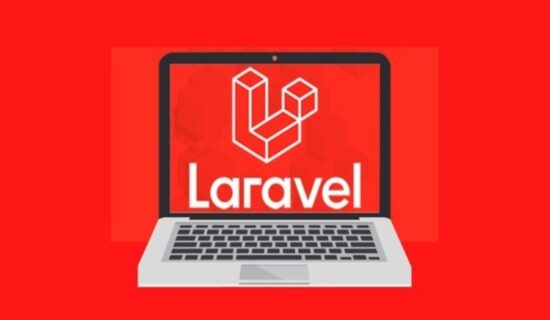
In the dynamic landscape of digital design collaboration and efficiency are paramount. Gone are the days of solitary designers toiling away in isolation; today, teams require seamless communication, real-time editing capabilities, and cross-platform accessibility. Enter Figma – a revolutionary design tool that has transformed the way designers work together, setting new standards for creativity, collaboration, and productivity.
What is Figma?
Figma is a cloud-based design platform that allows teams to create, collaborate, and prototype in real-time. Launched in 2016, it has quickly gained popularity among designers and design teams worldwide for its intuitive interface and powerful features. Unlike traditional design software that requires cumbersome installations and manual file sharing, Figma operates entirely in the cloud, enabling seamless collaboration regardless of geographical location or operating system.
Key Features of Figma
- Real-Time Collaboration: Figma enables multiple designers to work on the same project simultaneously, with changes instantly visible to all team members. This fosters a collaborative environment where ideas can be shared, refined, and implemented in real-time.
- Cross-Platform Compatibility: Whether you’re using a Mac, Windows, or Linux system, Figma provides a consistent experience across all platforms. Additionally, it offers a web-based interface, allowing users to access their designs from any browser, further enhancing flexibility and accessibility.
- Prototyping: With Figma’s robust prototyping capabilities, designers can create interactive prototypes with ease. From simple click-through prototypes to complex animations and transitions, Figma empowers designers to bring their ideas to life and gather valuable feedback from stakeholders.
- Version History and Commenting: Figma automatically saves version history, allowing users to revert to previous iterations if needed. Furthermore, it facilitates communication and feedback through in-context commenting, streamlining the review process and enhancing collaboration.
- Plugins and Integrations: Figma boasts a vast library of plugins that extend its functionality, catering to various design needs and workflows. Additionally, it integrates seamlessly with popular tools like Slack, Jira, and Zeplin, enabling smooth collaboration and workflow automation.
Why Figma Matters
In today’s fast-paced digital landscape, speed and efficiency are crucial for staying ahead of the competition. Figma’s cloud-based approach eliminates the barriers to collaboration, enabling teams to iterate rapidly, respond to feedback promptly, and deliver high-quality designs in record time. Moreover, its intuitive interface and user-friendly features make it accessible to designers of all skill levels, democratizing the design process and fostering a culture of creativity and innovation.
Conclusion
Are you ready to revolutionize your design workflow and unleash your team’s creativity? Look no further than Figma – the ultimate design platform for modern, collaborative teams. Whether you’re a freelance designer, a startup founder, or a seasoned design professional, Figma empowers you to bring your ideas to life, collaborate seamlessly with your team, and deliver exceptional results.
At ChetsApp, we understand the importance of leveraging cutting-edge tools to stay ahead in today’s competitive market. That’s why we’re proud to offer Figma integration services tailored to your specific needs. From implementation and onboarding to custom plugin development and training, our team of experts is here to support you every step of the way.
Don’t let geographical barriers or outdated tools hinder your creativity and productivity. Join the thousands of design teams worldwide who have made the switch to Figma and experience the future of design collaboration today. Contact us now to learn more about how ChetsApp can help you unlock the full potential of Figma and take your design workflow to new heights.

